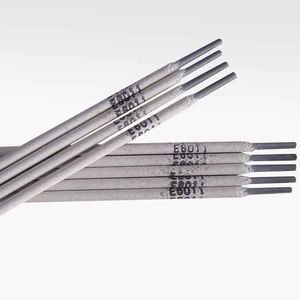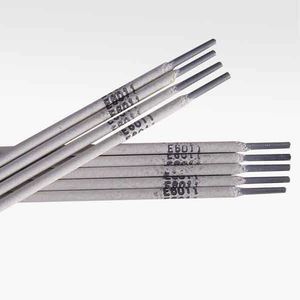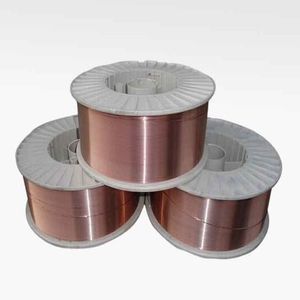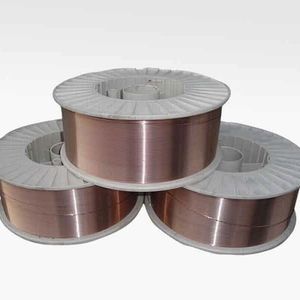
- Industrial machines and equipment
- Welding and Assembly
- Stainless steel welding electrode
- Zibo QILU Welding Industry Co., Ltd.

- Products
- Catalogs
- News & Trends
- Exhibitions
Stainless steel welding electrode A002processrodcoated

Add to favorites
Compare this product
Characteristics
- Material
- stainless steel
- Other characteristics
- rod, process, coated
Description
Stainless steel electrode refers to a type of welding rod coated with stainless steel. Can be divided into chrome stainless steel electrode and chrome-nickel stainless steel electrode, widely used in chemical, fertilizer, petroleum, medical machinery manufacturing and other industries.
In addition to the general welding process performance and the mechanical properties of the welded joints, the stainless steel welding rods must also ensure that the welded joints can meet certain corrosion resistance requirements. For the coating and the core, the following requirements are usually considered:
1) Through the transfer of various alloying elements between the core and the coating, the weld metal is made to contain a certain amount of austenite and ferrite structure to ensure that the weld metal has good crack resistance and good resistance. The ability of the corresponding medium to corrode.
2) Through the welding core or the coating, a certain amount of carbide forming elements (such as bismuth, molybdenum, titanium, etc.) can be infiltrated into the weld metal to form stable carbides with carbon to prevent chromium carbonization at the grain boundary. Things.
3) The increase of carbon will cause intergranular corrosion in the weld of austenitic stainless steel (or ferritic stainless steel), so the carbon content in the core and the raw material of the coating should be strictly controlled. It is recommended to use low carbon or super. A low-carbon core that uses low-carbon or carbon-free iron alloys and metal elements as raw materials for the coating.
Other Zibo QILU Welding Industry Co., Ltd. products
Products
Related Searches
- Welding electrode
- Soldering wire
- Steel welding electrode
- Metal welding electrode
- Arc welding wire
- Rod welding electrode
- Copper soldering wire
- Stainless steel welding electrode
- Surfacing welding electrode
- Coated welding electrode
- Flux core soldering wire
- Heat-resistant welding electrode
- Process welding electrode
- Molybdenum welding electrode
- Steel welding wire
- Gas welding wire
- Cast iron welding electrode
- Aluminum welding wire
- Carbon steel welding electrode
- Resistance welding wire
*Prices are pre-tax. They exclude delivery charges and customs duties and do not include additional charges for installation or activation options. Prices are indicative only and may vary by country, with changes to the cost of raw materials and exchange rates.














